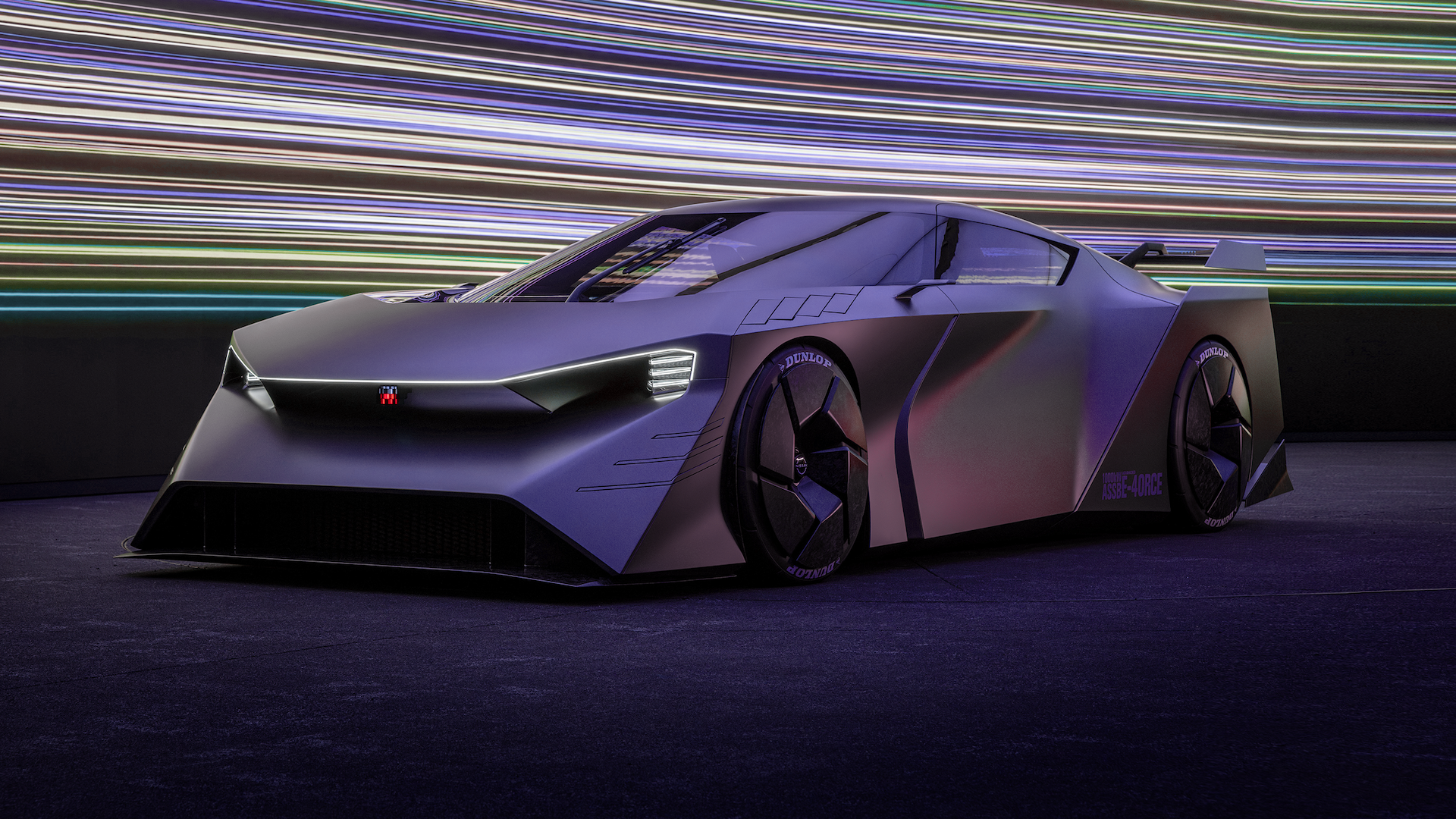

We thought we were all done with the avalanche of concept cars coming out of Nissan’s global design studios during the run up to the Japan Mobility Show, but the brand surprised with one last hurrah. And it's arguably the best yet.
The clunkily-titled Hyper Force concept, which sounds like a Paw Patrol spin-off, is pitched as a "high-performance supercar" that features a purely hypothetical electric powertrain capable of delivering a staggering 1,000kW output.
That’s 1,341bhp in old money.
But, it is the striking nods to Nissan's famous GT-R that have caught the attention of many, with the rear end packing an eerily similar circular light signature. That and the traditional 2+2 layout, wide stance and the enormous aero-enhancing rear wing all point towards a potential all-electric version of Nissan’s massively powerful performance machine.
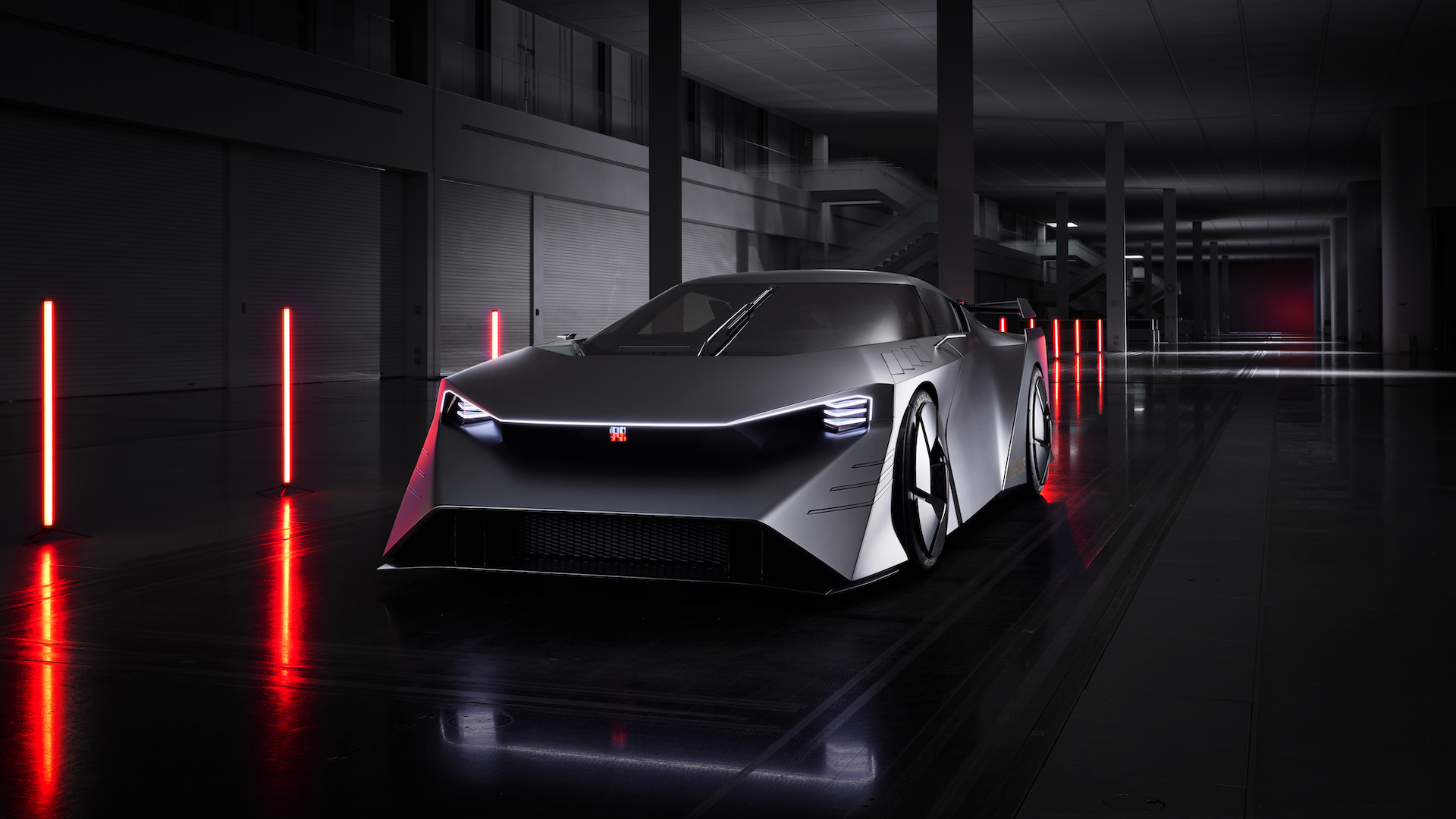
What's more, it further enhances Nissan's ties with the Gran Turismo gaming franchise, with the maker once again working alongside Polyphony Digital for many of the interior touches.
The interactive graphics were created by the game's designers, for example, while the suggestion of augmented and virtual reality blends the words of real and sim racing.
When parked at a charging station, occupants can make the most of the built-in VR tech that enables a "gamified driving experience", complete with modes that enable racing against the clock or online racers.
Sign up to the T3 newsletter for smarter living straight to your inbox
Get all the latest news, reviews, deals and buying guides on gorgeous tech, home and active products from the T3 experts
Alternatively, skeleton visors for AR allow the driver to complete against their own, friends' or even professional drivers' digital ghosts on a circuit, allowing users to safely push their driving skills on real-world tracks.
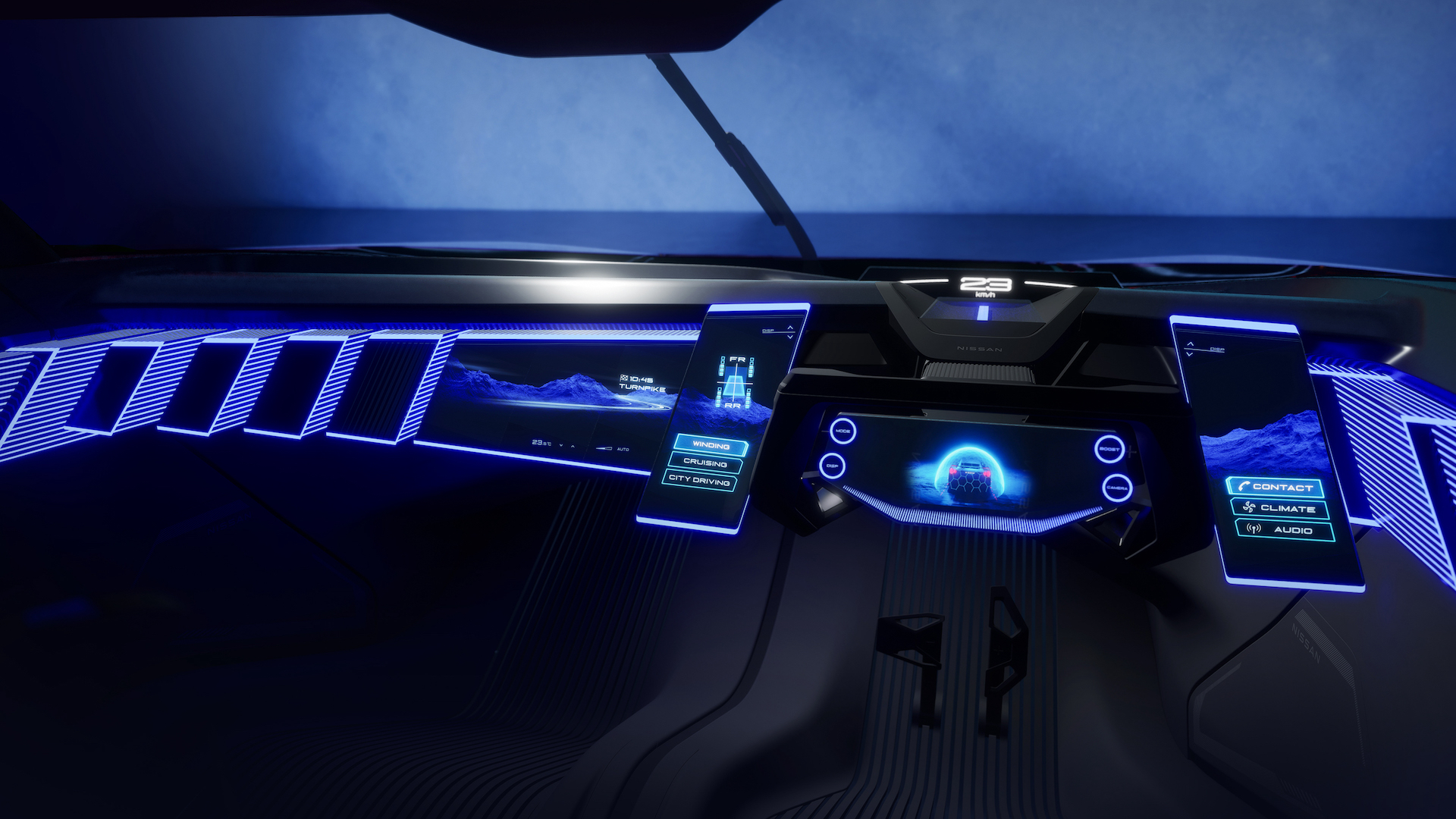
BMW showed off a similar system with its M Mixed Reality earlier this year, allowing drivers to collect coins and avoid digital obstacles while piloting a real vehicle on a Portuguese test track.
Although the exterior looks suitably futuristic, without straying too far from GT-R territory, the interior is full-on banzai concept stuff.
Two driving modes are available, "R" (racing) and "GT" (grand touring), with each changing the graphical user interface. In R mode, the cabin illuminates in red and creates an intuitive cockpit centred on the driver to support concentration.
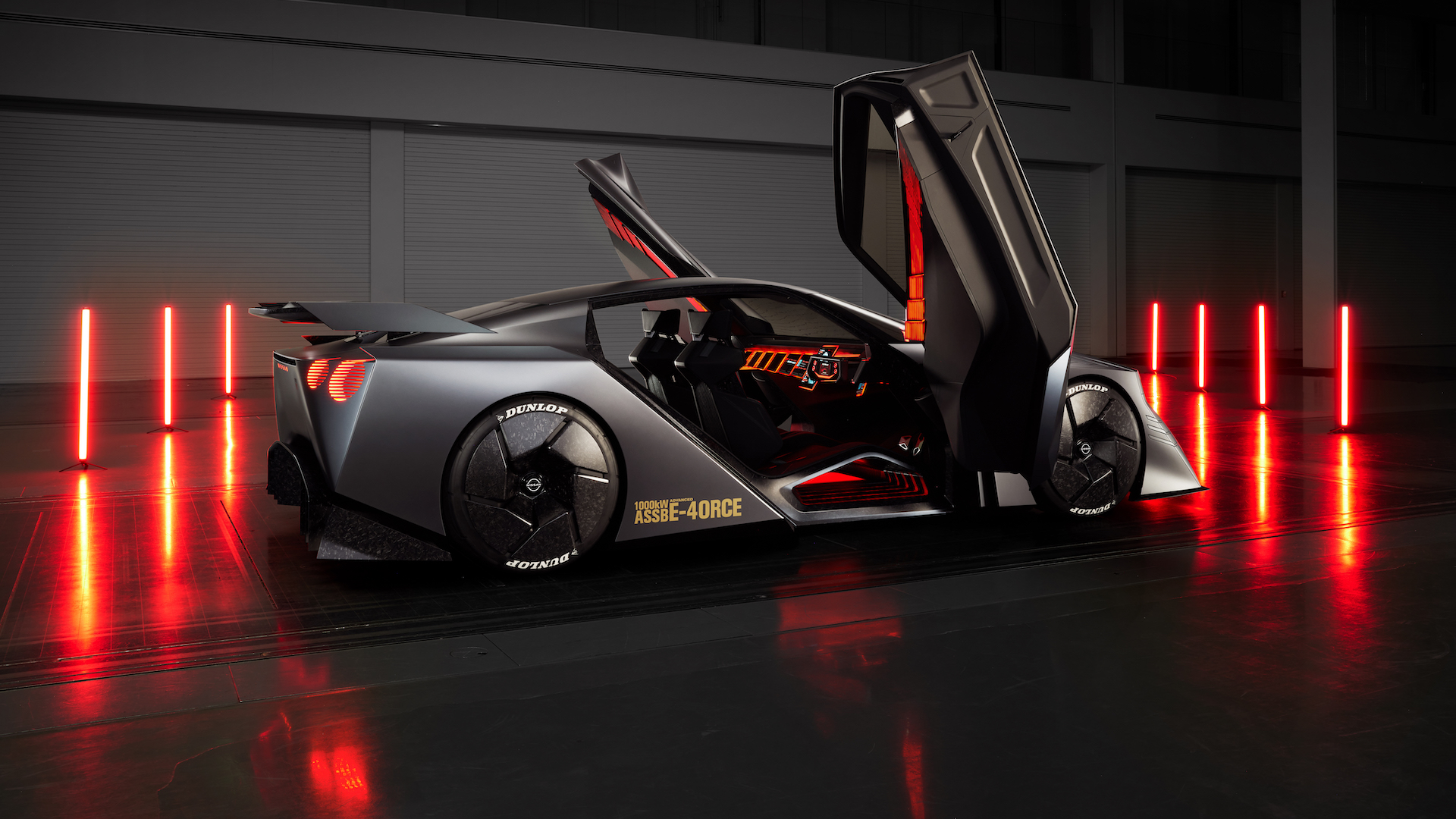
"Panels on the dashboard extend toward the seating space to enhance the cockpit feel around the driver. Meanwhile, four satellite screens around the steering wheel display tyre grip and temperature, air pressure, brake rotor temperature, power distribution and other information invaluable for racing," Nissan says.
For more relaxed driving situations, the cabin dims to blue and the screens surrounding the steering wheel move away and combine together, providing an immersive experience with a simpler infotainment interface, including air conditioning, audio and suspension settings.
But, as Car Magazine reports, the eventual production of this high performance sports car hinges on the mass production of solid state batteries, both for the energy density, but also the improved range and faster charging times.
Although with manufacturers like Toyota inching ever closer to a breakthrough, we might not have to wait too long.
Leon has been writing about automotive and consumer tech for longer than he cares to divulge. When he’s not testing the latest fitness wearable and action camera, he’s out in a shed fawning over his motorcycles or trying not to kill himself on a mountain bike/surfboard/other extreme thing. He's also a man who knows his tools, and he's provided much of T3's drills coverage over the years, all without injuring himself.
-
 Garmin’s on a mission to update your wrist into oblivion as 100+ tweaks land on Fenix and Enduro watches
Garmin’s on a mission to update your wrist into oblivion as 100+ tweaks land on Fenix and Enduro watchesThe latest beta update looks comprehensive
By Matt Kollat Published
-
 5 reasons you should be excited about the brand new Samsung Bespoke AI Jet Ultra
5 reasons you should be excited about the brand new Samsung Bespoke AI Jet UltraNot sure if it’s obvious... but I can't wait to try it
By Lizzie Wilmot Published
-
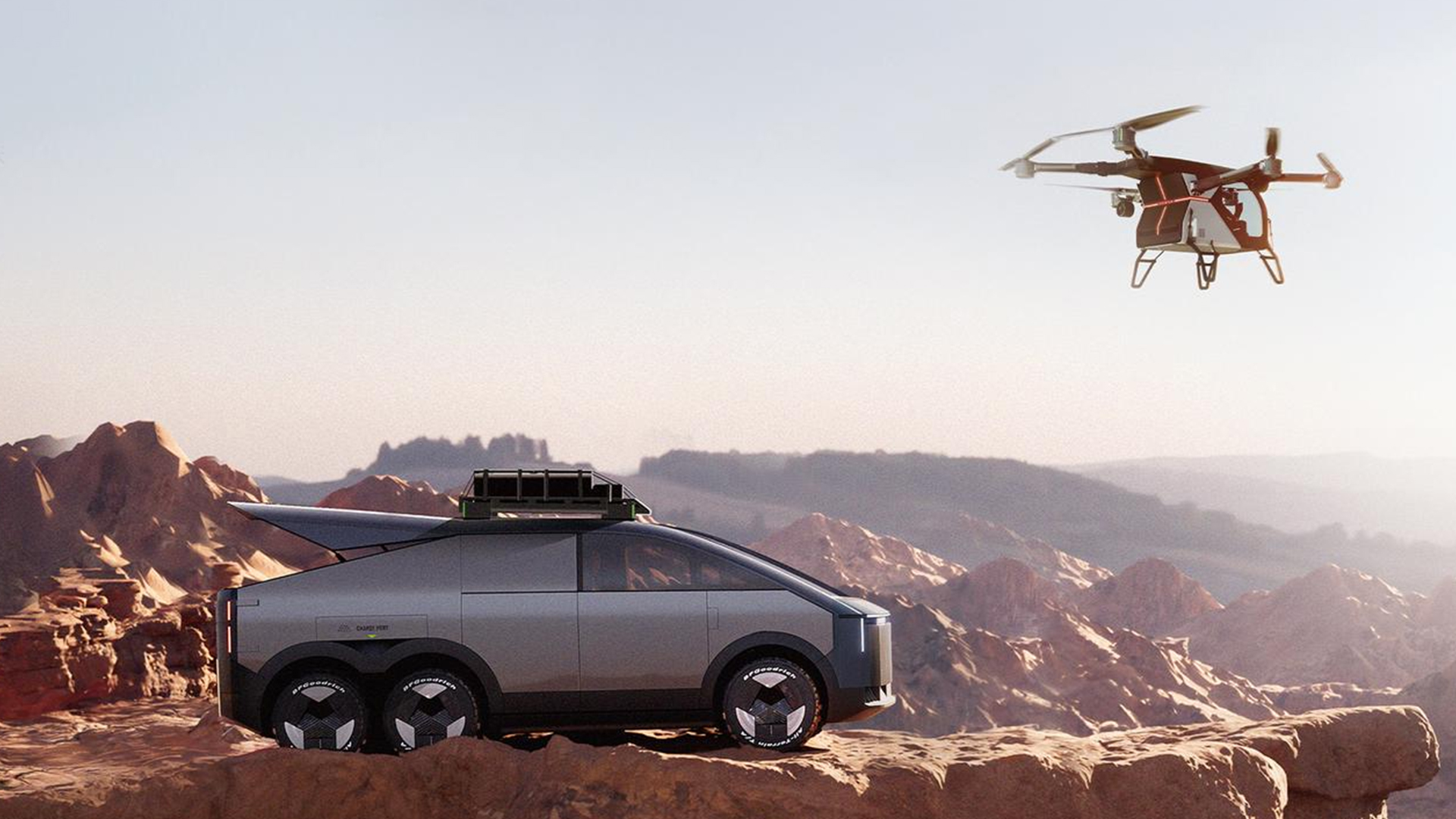 Xpeng’s Land Aircraft Carrier is an insane six-wheeled EV and helicopter in one
Xpeng’s Land Aircraft Carrier is an insane six-wheeled EV and helicopter in oneStuck in traffic? Get to the chopper!
By Leon Poultney Published
-
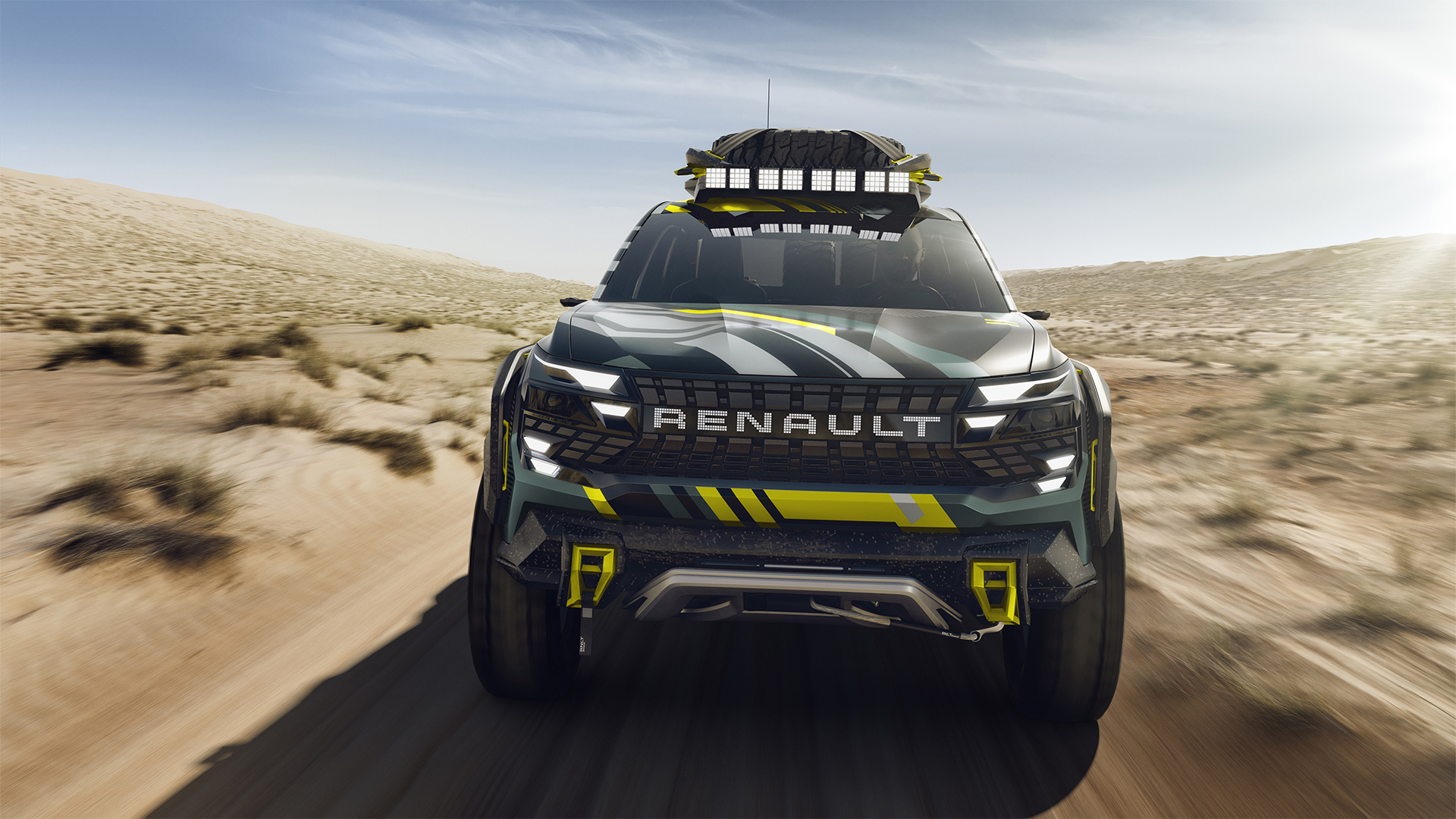 Renault is working on a pick-up truck and it looks suitably badass
Renault is working on a pick-up truck and it looks suitably badassThe Renault Niagara Concept packs a hybrid powertrain and some serious attitude
By Leon Poultney Published
-
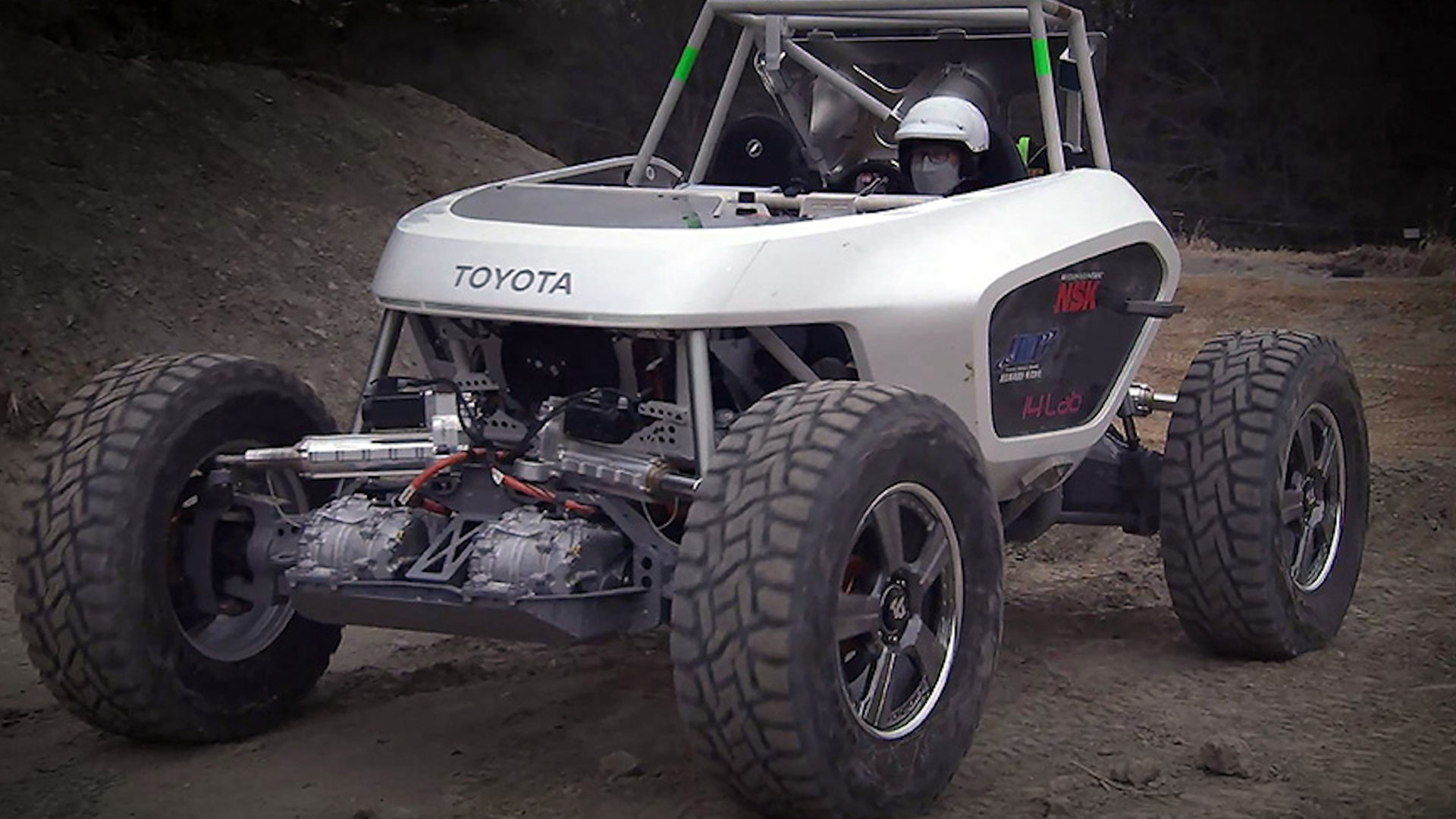 Toyota sets its sights on space with this quad-motor mega buggy
Toyota sets its sights on space with this quad-motor mega buggyThe Space Mobility prototype looks like it could also be hilarious on Earth
By Leon Poultney Published
-
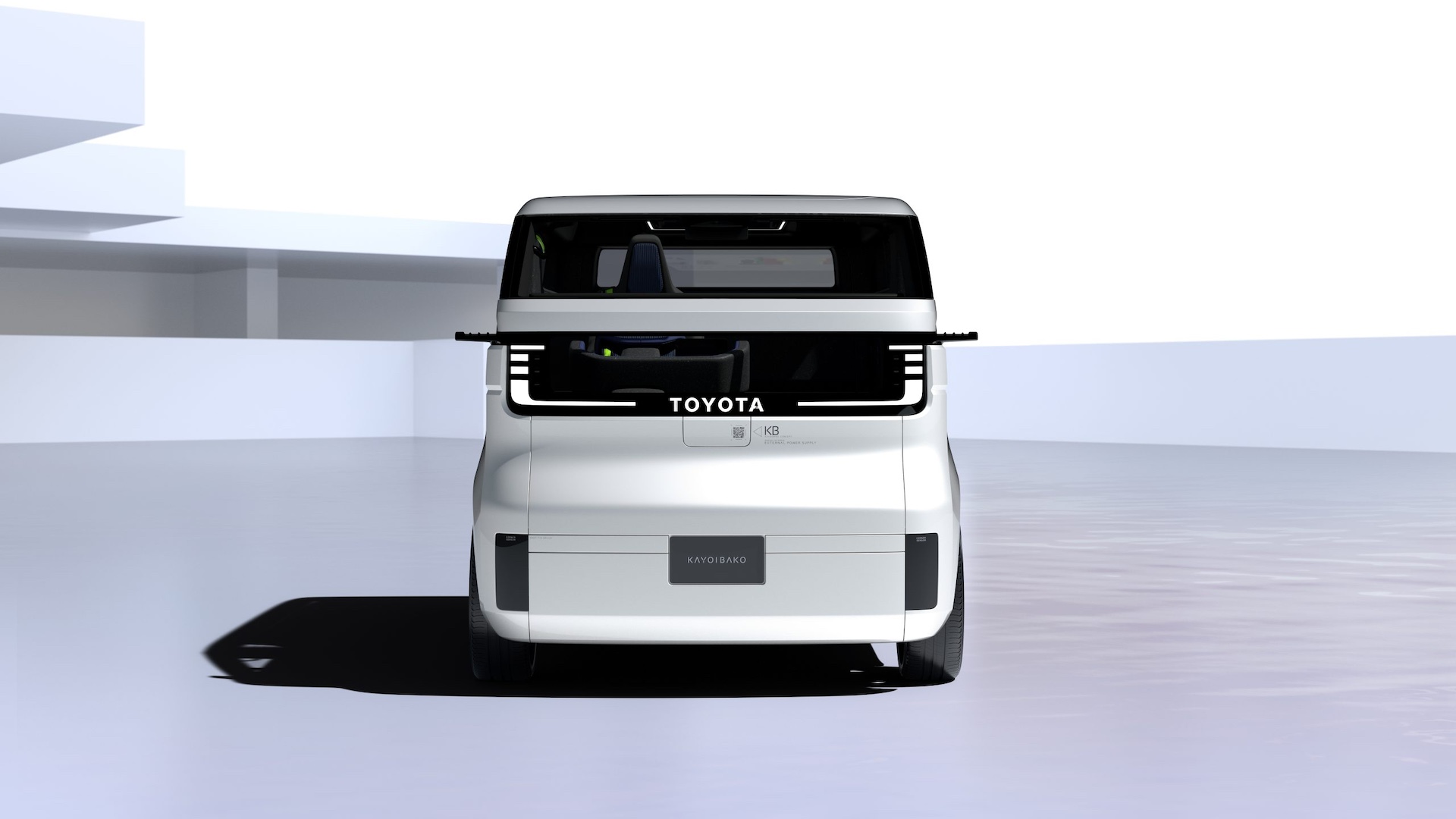 Toyota’s Kayoibako EV concept is a modular shipping container and people carrier in one
Toyota’s Kayoibako EV concept is a modular shipping container and people carrier in oneOne day it's a mobile library, the next it is transporting the kids to soft play
By Leon Poultney Published
-
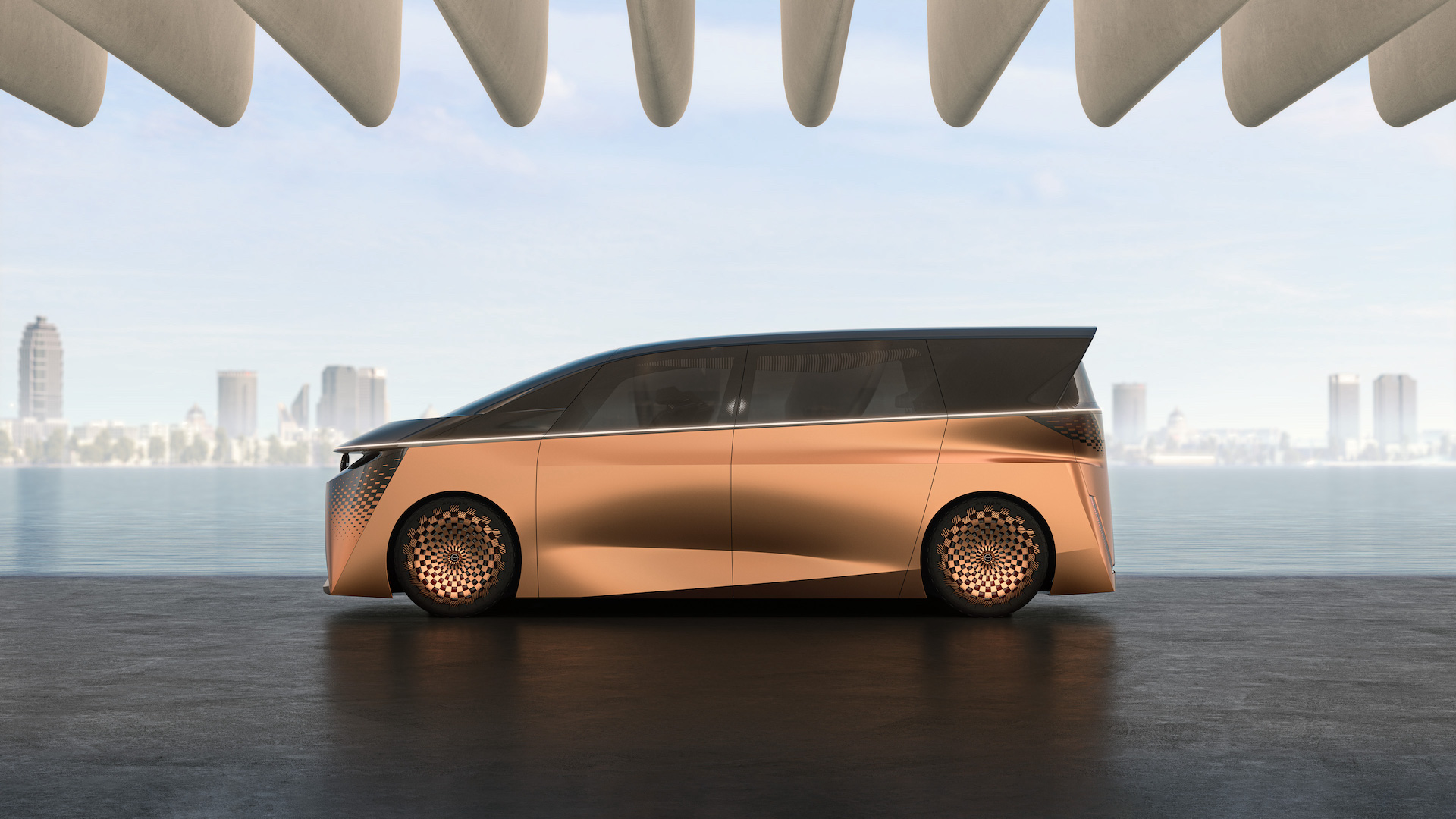 Nissan Hyper Tourer EV is a minivan that looks out of this world
Nissan Hyper Tourer EV is a minivan that looks out of this worldThe last Nissan concept of 2023 arrives to make people carriers cool again
By Leon Poultney Published
-
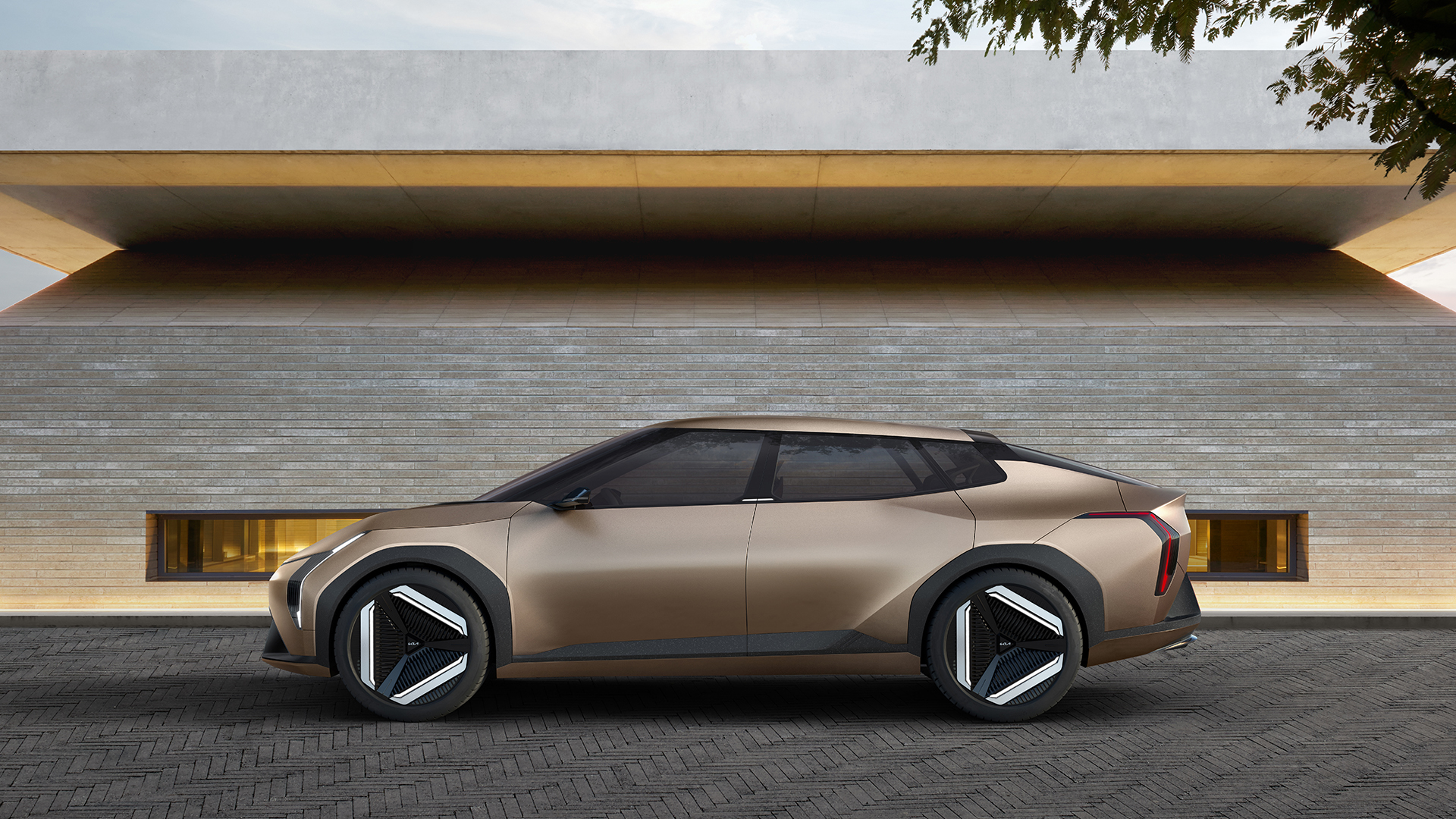 Kia's Concept EV4 is here and it wants a slice of Tesla's pie
Kia's Concept EV4 is here and it wants a slice of Tesla's pieThe Korean brand aims to redefine the electric sedan
By Leon Poultney Published
-
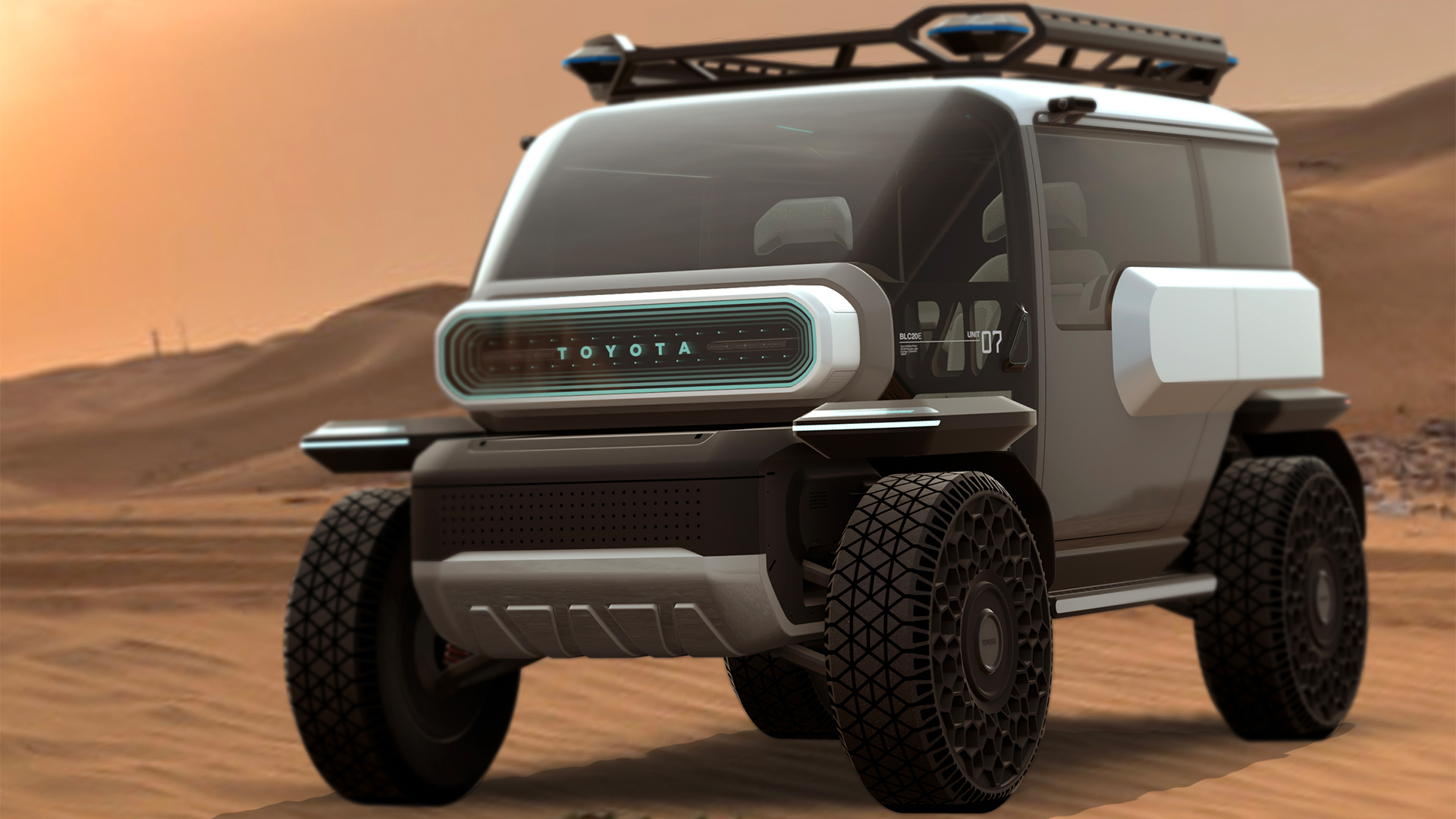 Toyota's tiny FJ Cruiser is for driving on the moon
Toyota's tiny FJ Cruiser is for driving on the moonCalifornian design studio celebrates 50 years of Toyota with Baby Lunar Cruiser
By Leon Poultney Published
-
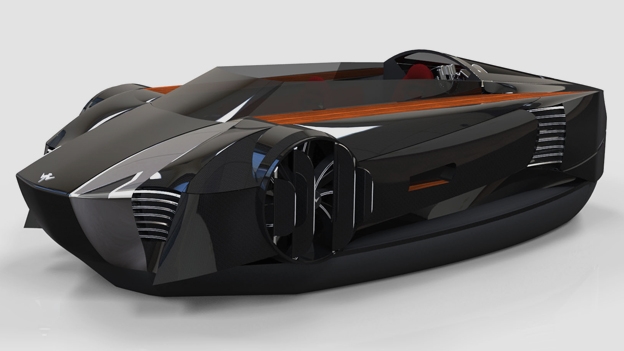 Hovercraft concepts we wish were real
Hovercraft concepts we wish were realHovercrafts we would love to take out for a spin
By Pete Dreyer Published